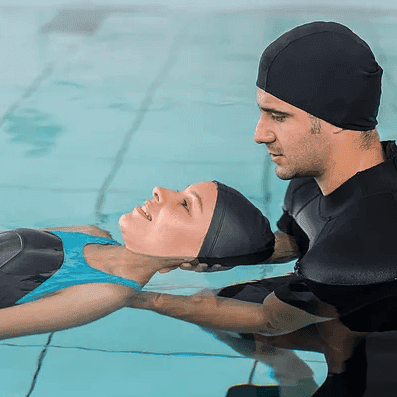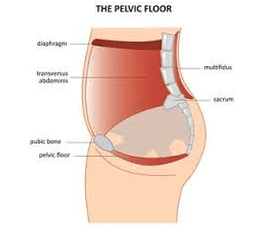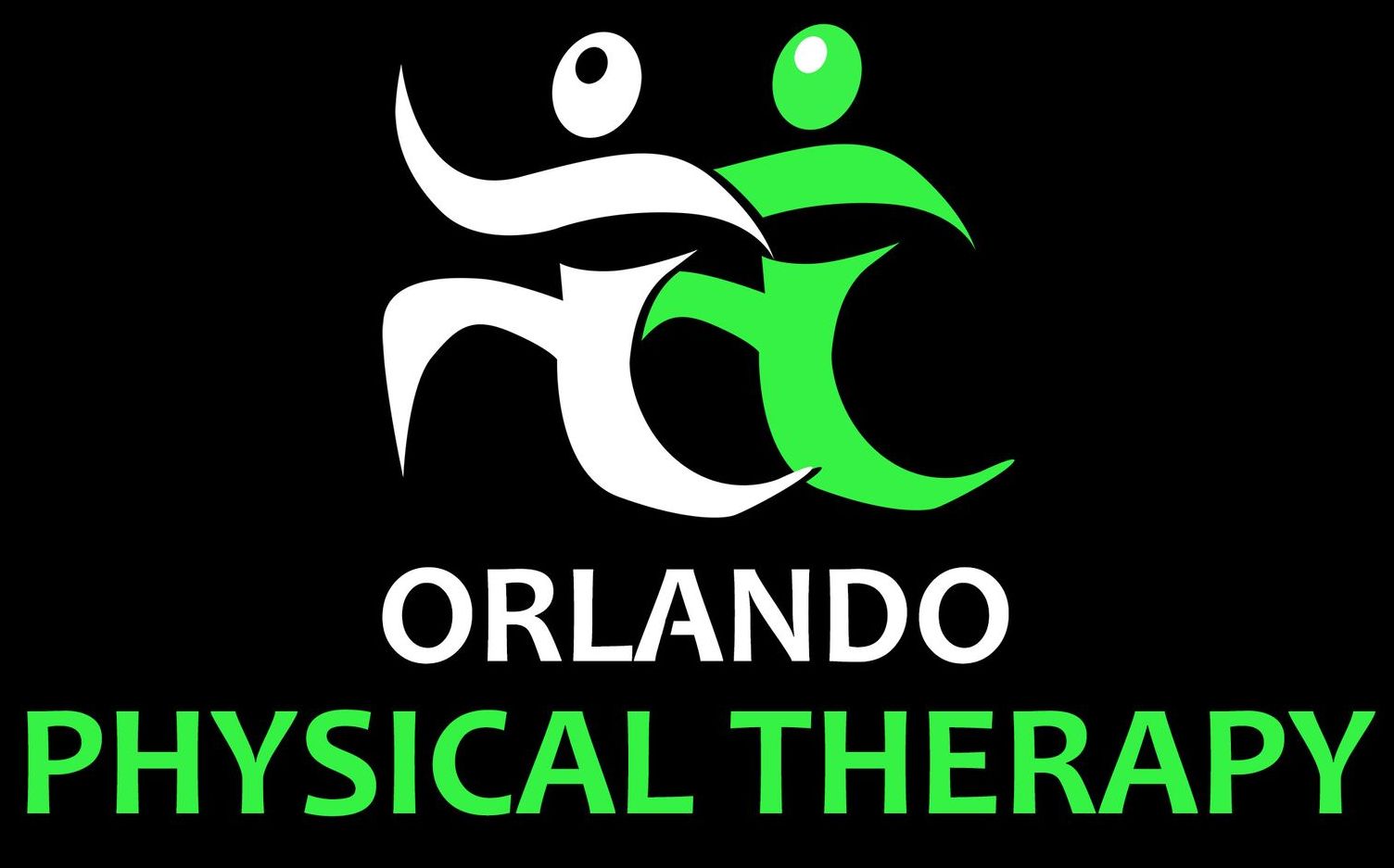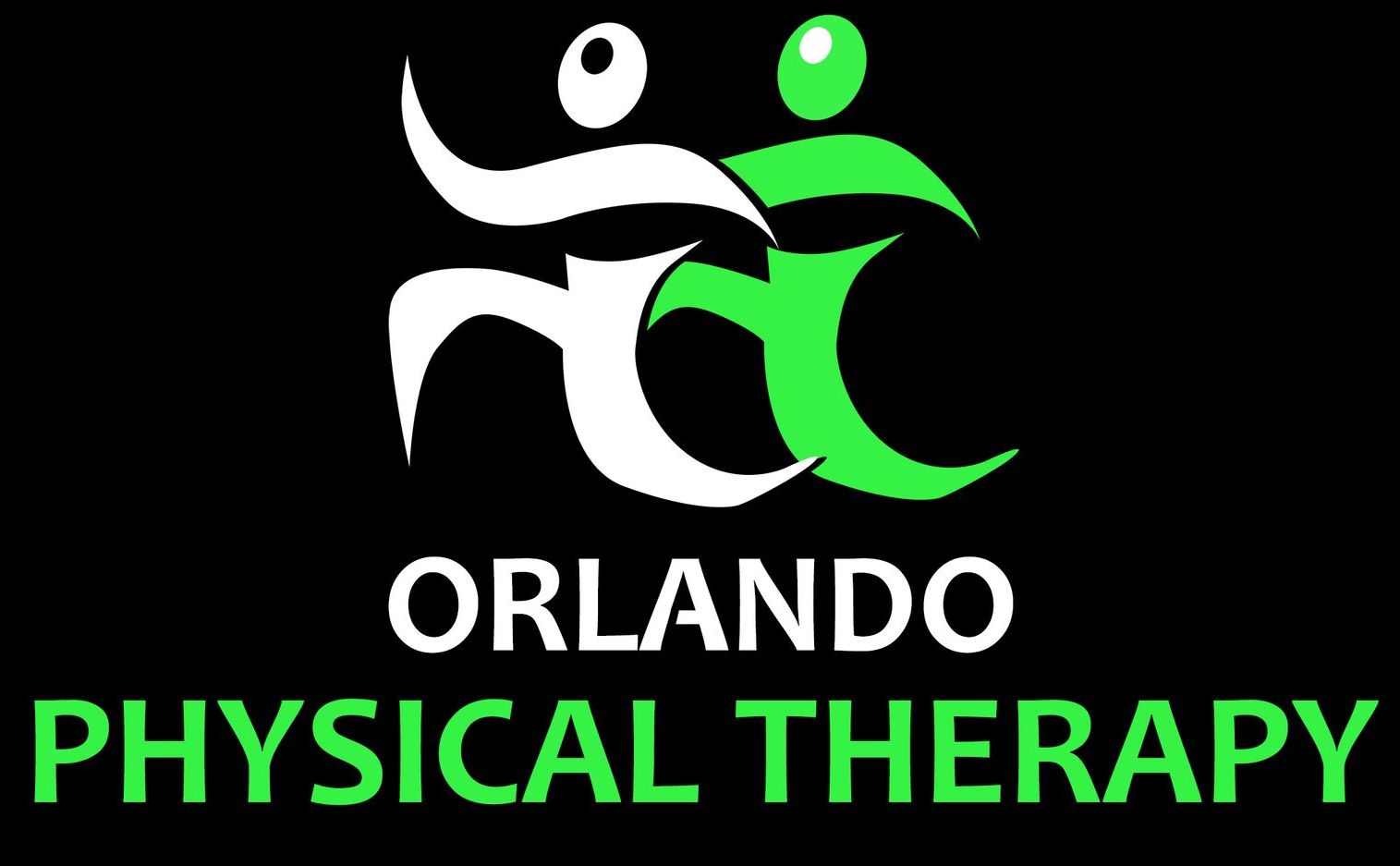Indications For Therapeutic Taping
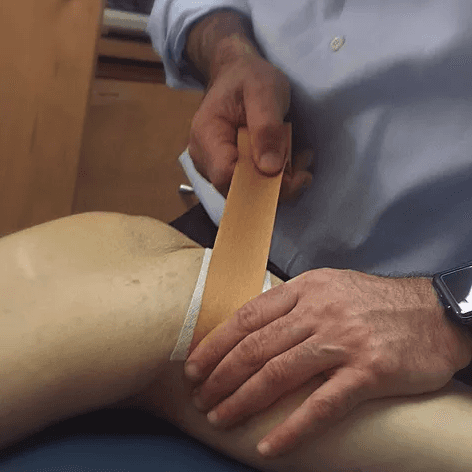
Indications For Therapeutic Taping
A) To help bio mechanical abnormalities related to pain.
e.g. flat feet
B) To help accelerate tissue repair by temporarily supporting and uploading injured soft-tissues
e.g. Rotator Cuff tendonitis / partial tear
C) To help temporarily support hyper-mobile segments or joints
e.g. Sacro-iliac joint (SIJ) hyper-mobility and pain (very common in pregnant women)
D) To help unload stress and reduce pain from hyper tonic / overactive muscles
e.g. Muscle Tension in the Neck and Low back
E) To help restrict and limit potentially aggravating postures and movements
e.g. Lumbar flexion and rotation for low back pain
F) To help facilitate muscle activity, in order to increase the effectiveness of therapeutic exercises
e.g. Knee pain from poor tracking of the kneecap (very common in runners)
G) To help relieve acute perfuse myofascial pain
e.g. Whiplash Associated Disorders
Possible Therapeutic Effects of Taping
1) Proprioceptive feedback (People who have balance or sensory issues would benefit from this)
2) Soft-tissue unloading effect (People with any type of pain related to tendonitis or muscle tension would benefit from this)
3) Neural tissue unloading effect (People with nerve pain would benefit from this)
4) Bracing effect (People who need added support with daily activities would benefit from this)
Possible Taping Side Effects
1) Depending on the exact type of tape used, the patient may be instructed to leave the tape on for up to one week. The average time is 2-3 days
2) As long as the tape has been securely applied, patients can be assured that it will not come off with showering.
3) Patients must be informed that if they feel the tape is aggravating their symptoms, it should be immediately removed. The tape is to be left on ONLY if it 'feels good'.
4) Patients must be informed to remove the tape if they feel itchy, hot, or feel and kind of skin irritation.
Additional Articles

